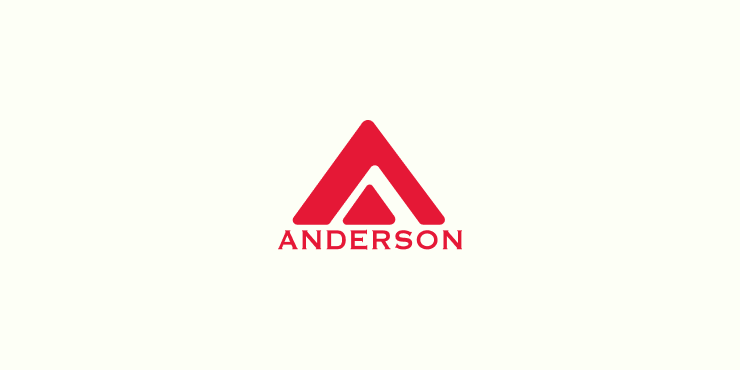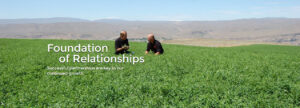A forage diet low in non-structural carbohydrates can help minimize the risk of laminitis in horses.
Many of the millions of horses and ponies in the United States are used solely for recreational purposes. The typical horse of today lives a very different life than the horse of yesteryear, which worked for a living. Today’s horses spend a lot of idle time eating and little time working or getting exercised. And, because many of these horses are consuming more energy than they are expending, they are getting fat. Sounds an awful lot like the human population, doesn’t it?

Equines that are genetically programmed to ‘live on air’, for instance ponies, Arabians, Morgans, Mustangs, and Quarter horses, easily become overweight. Obesity in horses is often linked to bouts of acute or chronic laminitis (painful inflammation of the sensitive laminae, which connect the hoof to the pedal bone). Scientists and veterinarians have determined that some of these horses suffer from equine metabolic syndrome (EMS), which is characterized by obesity or regional deposition of fat in the crest of the neck, in a gelding’s sheath, or in a mare’s mammary gland. Horses with EMS usually have hyperinsulinemia, (high levels of insulin in the blood stream) and are insulin resistant (cells are not as responsive to insulin, resulting in increased glucose or blood sugar in the circulation).
While there is no cure for EMS or laminitis, horse owners can make significant contributions to the well-being of their horses by managing diet type and intake as well as by providing sufficient exercise. Feeding a diet that is 100% forage is a must for obese and EMS horses. More specifically, supplying a diet with low levels of soluble carbohydrates (plant material that is easily broken down in the small intestine and fermented in the large intestine), and especially fructans, will decrease a horse’s risk of laminitis. Soluble carbohydrates are referred to as non-structural carbohydrates (NSC) because they are different than lignin or cellulose, which are located in the cell wall and give the plant rigidity. Fructans, a component of the NSC, appear to be highly related to laminitis risk because they are resistant to enzymatic digestion in the horse’s small intestine and pass directly to the large intestine where they are quickly fermented by microbes. When large amounts of fructans are ingested, the digesta in the large intestine becomes highly acidic and results in overproduction of bacteria that produce enzymes that break down hoof wall bonds2.
Horses that have EMS or are at risk of developing laminitis should be fed hay that contains less than 15% NSC2. Timothy and alfalfa hays contain approximately 17% and 22% NSC, respectively, compared to oats which contain more than 45% NSC. The hay should be analyzed by a laboratory so the NSC content is known. If the NSC level is higher than 15%, the NSC content can be reduced by soaking the hay in water prior to feeding. If a horse is turned out to graze, the horse owner must limit access to pasture when fructan content is highest. Fructans are at high levels when the grasses are actively growing, when the plant is stressed either from drought, when the pasture/grasses have been overgrazed, or after cold stress (below 40oF)2. In addition, fructan is highest during the day and lowest at night2, so grazing times should be managed accordingly.
With the right forage, your horse’s health can be optimized. Have you managed weight and hoof issues for your horse? Please share your thoughts and comments below.
To receive these blog posts via email, please subscribe in the box at to the upper right.
References
[1] Frank, N. 2011. Equine metabolic syndrome. Vet Clin Equine 27:73-92.
[2]King, C & RA Mansmann. 2004. Preventing laminitis in horses: Dietary strategies for horse owners. Clin Tech Equine Pract 3:96-102.
[3] Pagan, JD. 1998. Carbohydrates in equine nutrition. In: J.D. Pagan (Ed.) Advances in Equine Nutrition. pp. 29-41. Nottingham University Press. Nottingham, UK.


